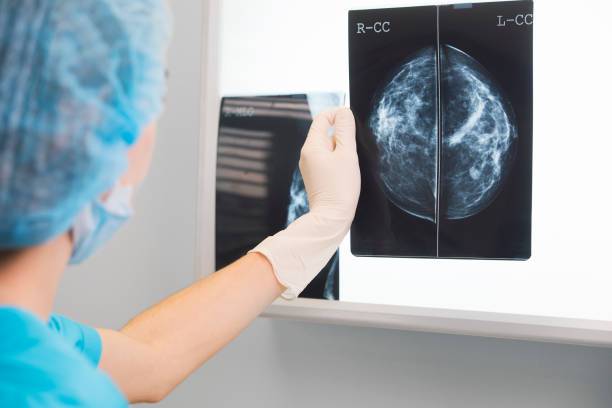Innovative Non-Toxic Skin Healing Solutions

By Nataly Estrada
While she waited anxiously to get her breast cancer results back, her immediate regrets came from not taking care of herself enough. Truth is, at the time of her diagnosis, there was little knowledge about the environment’s impact on breast cancer development. My mother wouldn’t have known that by eating canned foods or using antibacterial soaps containing triclosan may increase her overall risk. As of 2019, one in eight women in the U.S. will develop invasive breast cancer sometime during her life, and the majority have no family history of it. Despite identifying many genetic and environmental risk factors for breast cancer development, scientists still don’t know how they all combine to cause cancerous cells. The consensus among major national health organizations is that breast cancer is caused by a combination of genetic, hormonal and environmental factors.
While genetics and hormonal factors are largely not modifiable, our environment is something we can change to help reduce our risk of breast cancer. What is in our environment or the water we drink that is predisposing us to such alarming rates of breast cancer? Can chemicals otherwise harmless yet in high quantities become toxins? Are these chemicals in the environment a reason my mother worried about her risk of breast cancer scare.
The governing body of breast cancer research headed by the NIH, has identified certain environmental chemicals, named endocrine-disrupting compounds (EDCs) as potential carcinogenic substances. These synthetic compounds are dispersed into our natural resources by industrial and agricultural run-offs. Additionally, they are common in everyday household products, like cleaning agents and personal care products. Endocrine disrupting compounds have the potential to completely disrupt the delicate balance of the endocrine system from embryonic development to menopause, all a subject of intense investigation by the NIH.
Other national medical associations, health organizations, physicians and nurses as well as cosmeceutical companies like Seaside Medical Technologies, have followed suit educating the public about EDC’s and other environmental toxins, and ways to limit exposure. The American Medical Women’s Association submitted a position paper on hormone disruptors and risk of breast cancer in 2013, the summary of which we have outlined below:
My mother’s scare was the hardest thing for my family, but being more aware of endocrine disruptors, and removing products which contain them from my daily life, I am taking the initiative to decrease my chances of developing breast cancer. Working for a company with a vision to promote nontoxic healing and skincare has been another positive step in my quest for a healthier, cancer-free future.
References
American Medical Women’s Association and the Breast Cancer Fund. (2019). Position Paper on Endocrine Disruption and Breast Cancer Risk.
Forman, M. R., Winn, D. M., Collman, G. W., Rizzo, J., & Birnbaum, L. S. (2015). Environmental exposures, breast development and cancer risk: Through the looking glass of breast cancer prevention- Reproductive Toxicology, 54, 6-10.
Hewson-Steller, R. (2018). Taking the Scare Out of an Abnormal Mammogram | Southwestern Vermont Health Care.
National Institute of Environmental Health Sciences. (2019, September 18). Breast Cancer.
Comments will be approved before showing up.